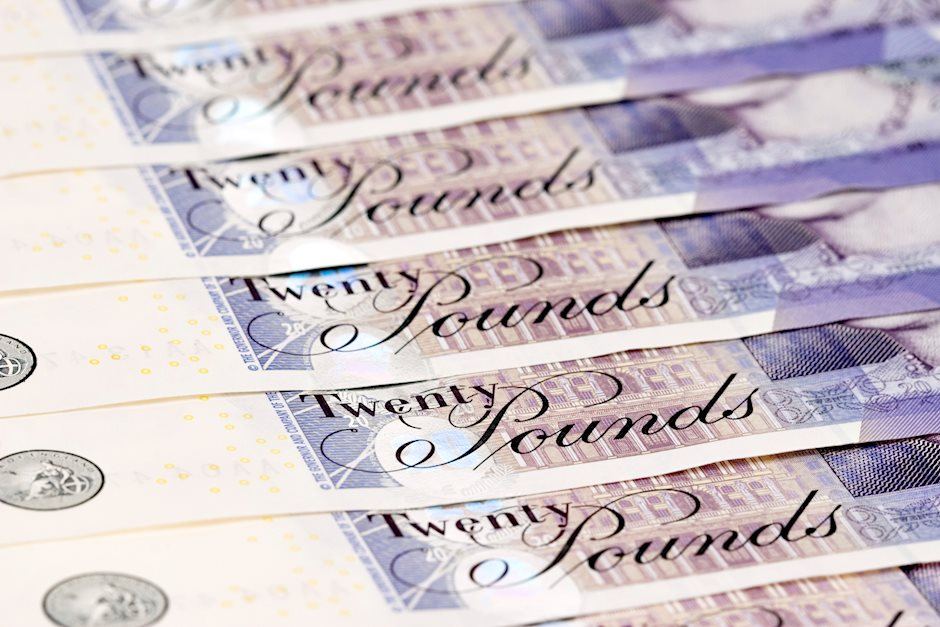GBP/USD weakens below 1.3350, UK/US PMI data in focus
- GBP/USD trades on a softer note near 1.3310 in Monday's Asian session.
- Rising bet on further Fed rate cuts later this year might undermine the US Dollar.
- The preliminary September UK/US PMI data will be in the spotlight on Monday.

The GBP/USD pair edges lower to 1.3310, snapping the three-day winning streak during the early Asian session on Monday. The modest recovery of the US Dollar (USD) weighs on the major pair. Investors will focus on the flash reading of the UK and US Purchasing Managers Index (PMI) data, which are due later on Monday.
The US Federal Reserve (Fed) lowered its key overnight borrowing rate by a half percentage point last week, the first interest rate cut since the early days of the Covid pandemic. The Fed statement noted, “The Committee has gained greater confidence that inflation is moving sustainably toward 2 percent, and judges that the risks to achieving its employment and inflation goals are roughly in balance.”
Fed Chair Jerome Powell was cautious not to declare a victory over inflation as pricing pressures continue to come down. The US Personal Consumption Expenditures (PCE) index, the Fed's preferred inflation gauge, which will be released on Friday, might offer some hints about the progress on inflation and the US interest rate outlook. Meanwhile, the uncertainty surrounding the US economic outlook and rising expectations of the Fed rate cut later this year will continue to drag the USD lower against the Pound Sterling (GBP).
On the other hand, Bank of England (BoE) Governor Andrew Bailey said that it is "vital that inflation stays low," and for that, "we need to be careful not to cut the interest rate too fast or by too much." The BoE decided to hold interest rates at 5.0% in its most recent monetary policy meeting. The decision came one day after the UK's Consumer Price Index (CPI) inflation data held steady at 2.2% YoY in August.
Pound Sterling FAQs
The Pound Sterling (GBP) is the oldest currency in the world (886 AD) and the official currency of the United Kingdom. It is the fourth most traded unit for foreign exchange (FX) in the world, accounting for 12% of all transactions, averaging $630 billion a day, according to 2022 data. Its key trading pairs are GBP/USD, aka ‘Cable’, which accounts for 11% of FX, GBP/JPY, or the ‘Dragon’ as it is known by traders (3%), and EUR/GBP (2%). The Pound Sterling is issued by the Bank of England (BoE).
The single most important factor influencing the value of the Pound Sterling is monetary policy decided by the Bank of England. The BoE bases its decisions on whether it has achieved its primary goal of “price stability” – a steady inflation rate of around 2%. Its primary tool for achieving this is the adjustment of interest rates. When inflation is too high, the BoE will try to rein it in by raising interest rates, making it more expensive for people and businesses to access credit. This is generally positive for GBP, as higher interest rates make the UK a more attractive place for global investors to park their money. When inflation falls too low it is a sign economic growth is slowing. In this scenario, the BoE will consider lowering interest rates to cheapen credit so businesses will borrow more to invest in growth-generating projects.
Data releases gauge the health of the economy and can impact the value of the Pound Sterling. Indicators such as GDP, Manufacturing and Services PMIs, and employment can all influence the direction of the GBP. A strong economy is good for Sterling. Not only does it attract more foreign investment but it may encourage the BoE to put up interest rates, which will directly strengthen GBP. Otherwise, if economic data is weak, the Pound Sterling is likely to fall.
Another significant data release for the Pound Sterling is the Trade Balance. This indicator measures the difference between what a country earns from its exports and what it spends on imports over a given period. If a country produces highly sought-after exports, its currency will benefit purely from the extra demand created from foreign buyers seeking to purchase these goods. Therefore, a positive net Trade Balance strengthens a currency and vice versa for a negative balance.
Author

Lallalit Srijandorn
FXStreet
Lallalit Srijandorn is a Parisian at heart. She has lived in France since 2019 and now becomes a digital entrepreneur based in Paris and Bangkok.

















